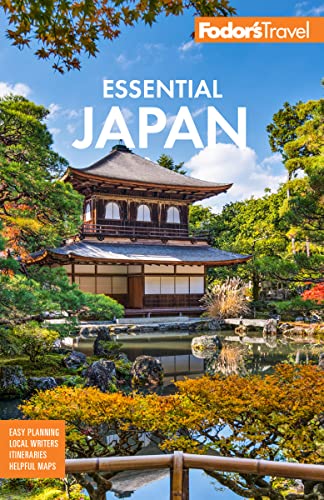Visiting Peace Memorial Park
History
Before the atomic bomb, the area now home to Peace Park was known as the Nakajima District. Nakajima was a lively, urban center populated by around 6,500 residents. In 1949 it was decided that this area—decimated on account of being so near the bomb’s hypocenter—would be reborn as a monument for peace. The park was designed by Kenzo Tange, after his design won in an international architecture competition.
The Route
The park and surrounding monuments are not structured on a grid. Visitors are welcome to make their own trail and wander off the main paths to explore. The park can be experienced in as little as an hour, with a trip to the Cenotaph, Flame of Peace, and adjoining A-Bomb Dome area, but visitors with more time should take the opportunity to walk a meandering circle around the museum. Visiting the area’s nearly 60 monuments can easily fill an afternoon. The park is particularly vivid in the summer, when the oleander flowers—a gift from sister-city Honolulu—are in full bloom.
Getting Here
Riding the streetcar from JR Hiroshima Station is an easy way to reach Peace Park. Take Tram 1 bound for Hiroshima Port via Kamiyacho, disembarking at Chuden-Mae. From Chuden-Mae, it’s a five-minute walk to the front of the Hiroshima Peace Memorial Museum. Riding Tram 2 or 6 will also take you to the Genbakudomu-mae stop (in front of the A-Bomb Dome). Within the city, streetcar fares are a flat ¥160, payable when you get off.
Visitor Center
The Hiroshima Peace Memorial Museum has maps and information for English speakers. International Conference Center Hiroshima, located opposite the museum in the same building, also offers assistance, in addition to English-language newspapers and magazines.
What's Nearby
The park is surrounded by a bustling commercial area, with no shortage of restaurants. Indeed, many visitors are surprised to find a regular commercial center so close to Peace Memorial Park. There are also a few tourist-friendly eateries along the riverside, including Kakifune Kawana, a floating restaurant that boasts some of the best oysters in town.




